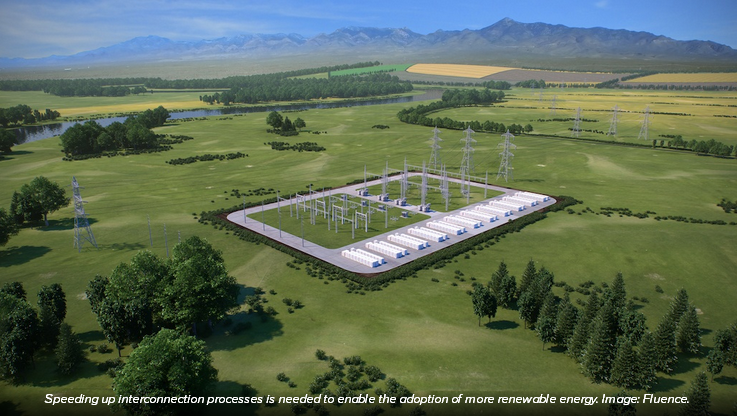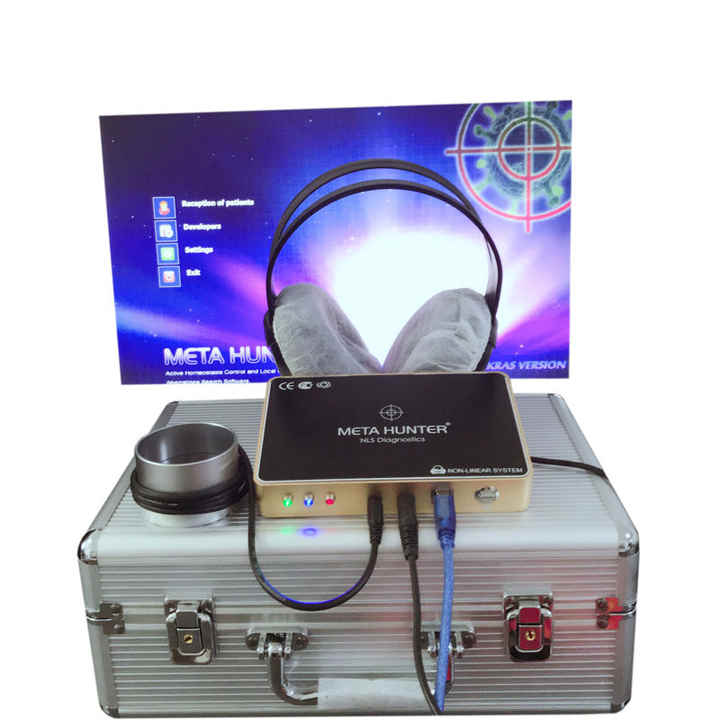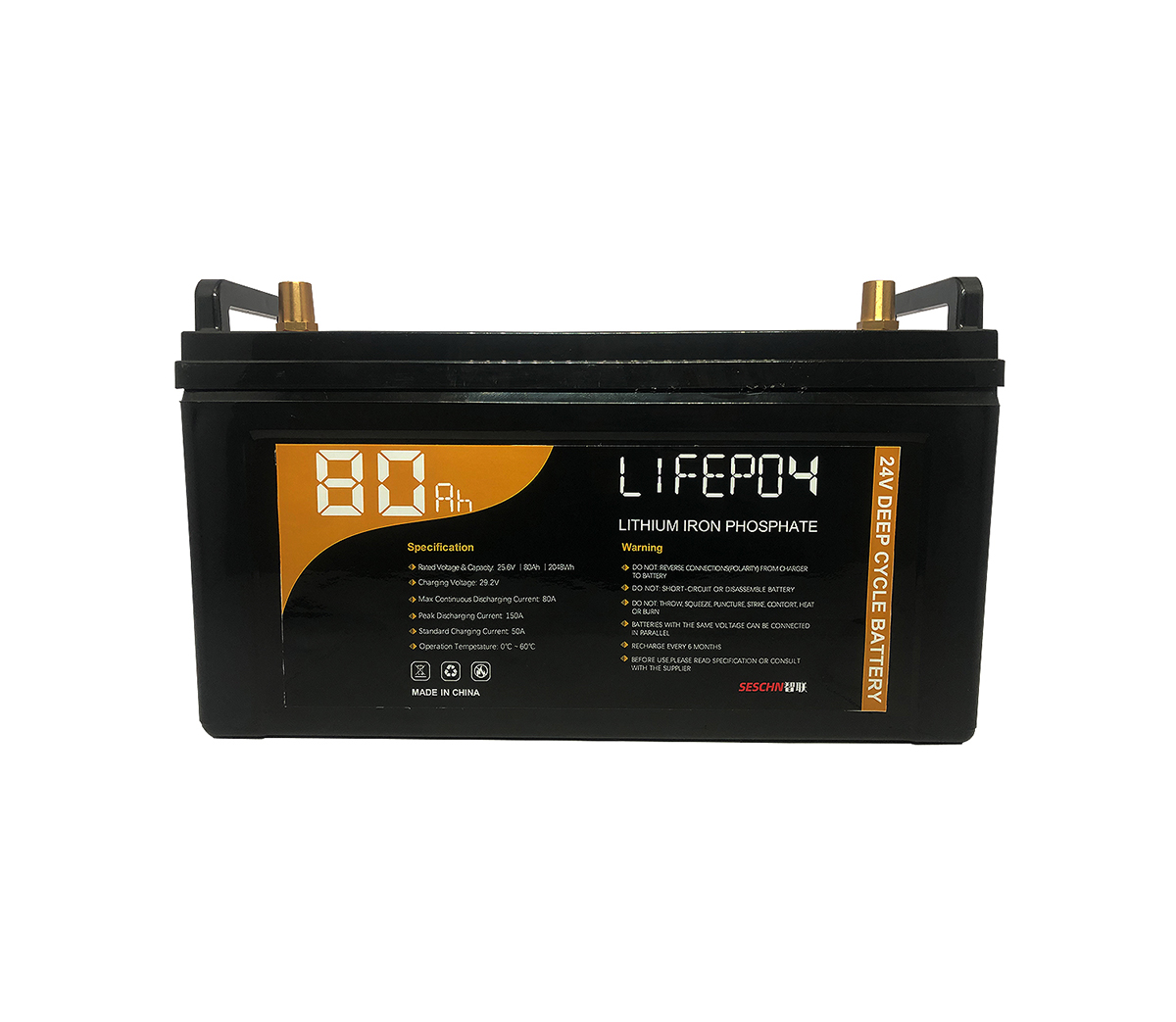U.S. Interstate Renewable Energy Commission (IREC) releases toolkit to
address grid-connecting challenges for energy storage systems
Although numerous data show that energy storage systems in the United
States and around the world, such as pumped hydro storage, lithium battery
energy storage, liquid energy storage, etc., continue to create records in the
number of construction it is difficult to interconnect energy systems to the
grid, mainly because existing procedures are not designed with energy storage
systems in mind.

A consortium led by the U.S. Interstate Renewable Energy Council (IREC) and
supported by the U.S. Department of Energy's Office of Solar Energy Technologies
seeks to address such barriers on the grounds that interconnection barriers are
unnecessary and can be addressed.
Industry media have heard from various sources that this may be a long and
difficult process and has been affected by delays related to the new crown
epidemic for the past two years. Regional transmission and distribution
providers in the U.S. have been waiting for significant delays for energy
storage developers to connect solar-plus-storage projects and standalone
battery-storage projects.
SES Power has extensive experience in the field of lithium battery energy
storage systems, and we believe that deploying a battery energy storage system
becomes meaningless if it is not connected to the grid. Of course, connecting to
the expansive grid is a very important and valuable part of any energy storage
project that participates in grid services or the energy market. In this link,
hardware and infrastructure are not the most important, the most important thing
is the compatibility, high speed and reliability of the software system. Our
off-grid, grid-connected, off-grid small and medium-sized energy storage
systems, such as 12V100Ah, 24V100Ah, 36V100Ah, 48V100Ah using EVE, CATL, BYD
square aluminum-shell lithium iron phosphate batteries, and home energy storage
systems of 3KW and 5KW, rack-mounted energy storage systems and other products
use standard RS485, CAN and other communication protocols, and also support
remote monitoring and operation. At the same time, AI intelligent analysis and
cloud storage are added to the new generation of systems to ensure system
compatibility, high speed and reliable.
The U.S. Interstate Renewable Energy Commission (IREC) has developed a
project for this, the Build a Technically Reliable Energy Storage
Interconnection Evolution (BATRIES) project, a free toolkit and 8 salient
regulatory or technical issues for grid interconnection are proposed.
Also participating in the development of the BATRISES project are the
Electric Power Research Institute (EPRI), the Solar Energy Industry Association
(SEIA) and the California Solar Energy and Storage Association (CALSSA), the New
Hampshire Electric Cooperative (NHEC) and Pacific Power, among others.
Larry Sherwood, president and CEO of the Interstate Renewable Energy
Commission (IREC), said, “By modernizing the rules governing the interconnection
of energy storage systems to the grid, regulators and utilities can enable more
more renewable energy sources, and in some cases even doubling transmission
capacity. They can also make the interconnection process faster, more
predictable, and reduce costs for energy storage system interconnection
applicants.”
These issues and obstacles include not including energy storage in
interconnection rules, the need to update export rules and a better
understanding of the best strategic locations on the grid to provide energy
storage capacity.
Seth Hilton, an industry expert at the law firm StoelRives, said recently
that California Independent System Operators (CASIOs) are receiving more energy
storage interconnection requests than they can handle.
Utilities and other load-serving entities in California may not meet
mandated deployment goals, he said. Hilton said that because California is the
leading energy storage market in the United States, it is more experienced in
integrating battery storage systems.
Bernadette DelChiar, executive director of the California Solar Energy and
Storage Association (CALSSA), said at the launch of the BATTRIES toolkit
recently, “The interconnection problems of energy storage systems of all sizes
in California are increasing. Everyone concerned about energy reliability and
clean energy solutions quickly Both policymakers and regulators deploying should
focus on this toolkit today.”



































